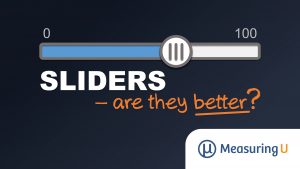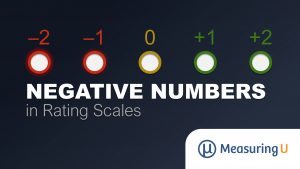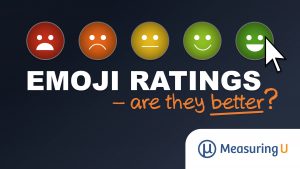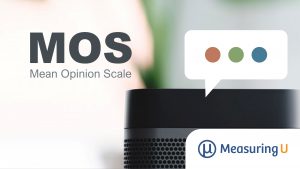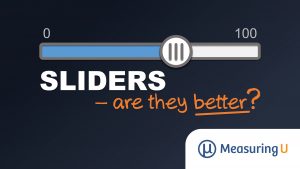
How to Statistically Compare Two Net Promoter Scores
When we wrote Quantifying the User Experience, we put confidence intervals before tests of statistical significance. We generally find fluency with confidence intervals to be easier to achieve and of more value than with formal hypothesis testing. We also teach confidence intervals in our workshops on statistical methods. Most people, even non-researchers, have been exposed

